
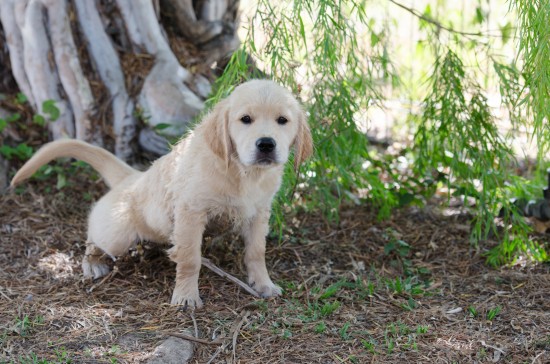
When you first buy and bring home a puppy or if you get a juvenile or adult dog that has never been house trained, the first thing that you will need to do is undertake the process of teaching them about the appropriate time and place to go to the toilet. Generally, when you buy or adopt an adult dog this will already have been taken care of by the previous owners, although if the dog’s history is uncertain or if the dog was untrained or insufficiently trained, you may find yourself at stage one, in the same way that you would be with a new puppy.
Fortunately, house training a puppy or new dog doesn’t have to be difficult, and it is very rare to find a dog that will not take to house training within a relatively short period of time. Dogs work hard to please their owners and avoid doing anything that will make us unhappy, and once they understand what is required of them (and as long as they are physically able to comply with your requirements) they will usually go out of their way to do your bidding.
Read on to learn about the basics and simple steps that you should follow to house train your dog or puppy, plus some top tips to help you out with the whole process.
The first and most important point to remember when toilet training a dog of any age is that you must make adequate provision for their need to go to the toilet. This may seem obvious, but remember that puppies and younger dogs will need to go to the toilet more often than older dogs, and small dogs may need to make more frequent trips outside than larger dogs with larger bladders too.
Select an area of the home such as a corner of the kitchen, a utility room, large crate or other safe space with hard flooring that can be assigned to your dog as their territory, and that you can leave them in at times when you are not able to be with them.
Discourage your dog from going to the toilet there by keeping his bedding, food and water within his zone, and make sure that his area is not shut off from the rest of the family or household so that your dog or puppy doesn’t feel left out.
When you get up in the morning, the first thing you should do before you go about your day is to take your dog outside to go to the toilet, and give him plenty of time to do his business before taking him back indoors. Ensure that you give your dog enough space and do not rush him over this, and once he has done it, offer praise and a treat. When you return to the house, let your dog have free range of the rooms that he is allowed into while you are around, returning him to his safe area if you need to leave him or go out.
During the early stages of training, take your dog outside every hour to have the opportunity to go to the toilet, so that you can get used to your dog’s routine and roughly what times of the day he will need to “go.” Once you start to establish this pattern, you can reduce the frequency of his trips outside to match the times when he usually needs to visit the outdoors. Make letting your dog out to go to the toilet the last thing you do at night too, whether your dog usually goes at this time or not.
Always praise and give your dog a treat once they have been to the toilet, and within a week or two you will generally have been able to suss out the times when he needs to go and reduce the frequency of your trips outside. Remember that if you change your dog’s feeding routine, the times that they will need to use the toilet may alter as well!
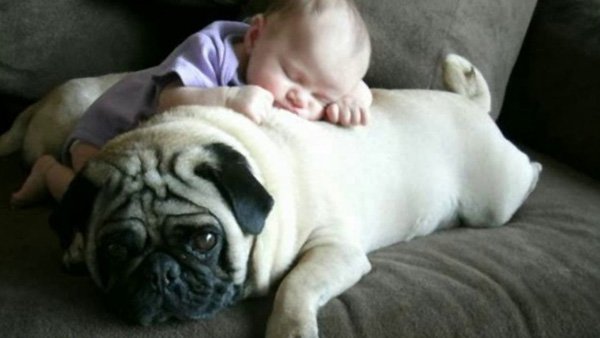 Planning To Get a Dog? Consider Golden Doodles
Planning To Get a Dog? Consider Golden Doodles
Planning To Get a Dog? Consider Golden Doodles
Planning To Get a Dog? Consider Golden Doodles
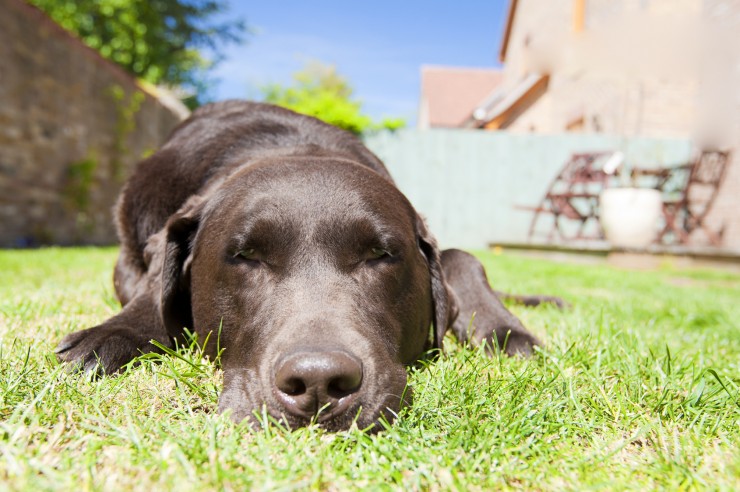 Recognising Heatstroke In Dogs Early On
Recognising Heats
Recognising Heatstroke In Dogs Early On
Recognising Heats
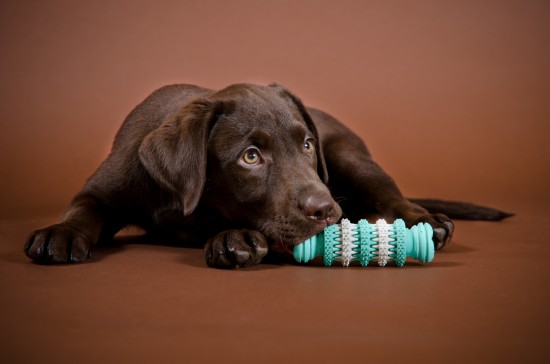 Puppy Chewing - Do’s And Don’ts For Managing Things
Puppy Chewing - D
Puppy Chewing - Do’s And Don’ts For Managing Things
Puppy Chewing - D
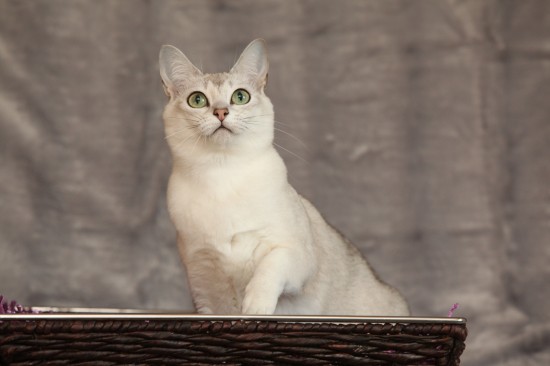 Is A Burmilla The Right Cat For You?
Is A Burmilla The
Is A Burmilla The Right Cat For You?
Is A Burmilla The
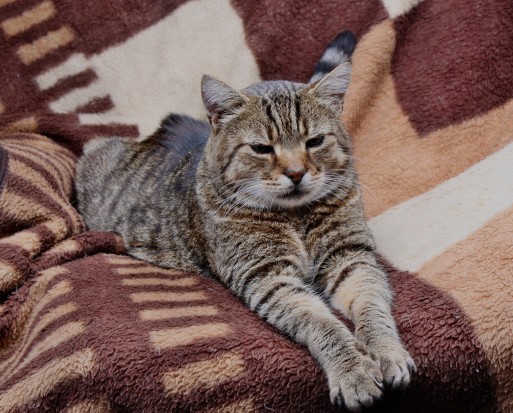 6 Signs Your Cat Could Be Showing Their Years
6 Signs Your Cat
6 Signs Your Cat Could Be Showing Their Years
6 Signs Your Cat
Copyright © 2005-2016 Pet Information All Rights Reserved
Contact us: www162date@outlook.com